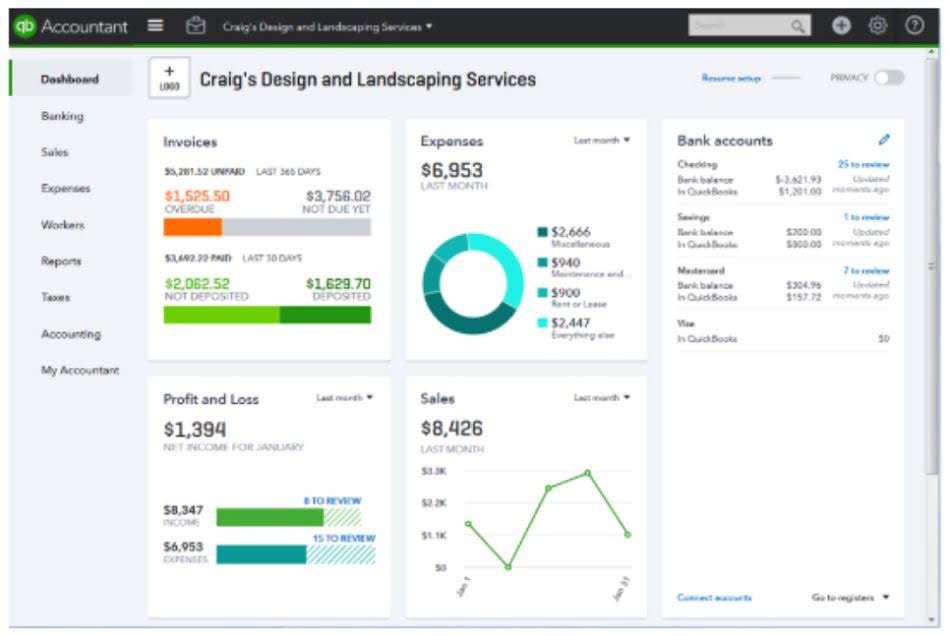
Using FIFO does not necessarily mean that all the oldest inventory has been sold first—rather, it’s used as an assumption for calculation purposes. Learn more about what FIFO is and how it’s used to decide which inventory valuation methods are the right fit for your business. FIFO is particularly suited to businesses in stable or deflationary markets. It ensures that the inventory valuation reflects the most recent costs, giving a clearer view of the financial state of the business. However, in rapidly rising markets, FIFO’s higher profits may lead to increased tax burdens.

Why is there more than one method for inventory cost accounting?
- A furniture retailer receives a shipment of chairs in March at $50 per chair and another shipment in April at $60 per chair.
- For many companies, inventory represents a large, if not the largest, portion of their assets.
- Under FIFO, we assume all of the July products are sold first, leaving a high-value remaining inventory.
- QuickBooks allows you to use several inventory costing methods, and you can print reports to see the impact of labor, freight, insurance, and other costs.
- FIFO and LIFO produce a different cost per unit sold, and the difference impacts both the balance sheet (inventory account) and the income statement (cost of goods sold).
- When all inventory items are sold, the total cost of goods sold is the same, regardless of the valuation method you choose in a particular accounting period.
Should the lifo formula company sell the most recent perishable good it receives, the oldest inventory items will likely go bad. Although the ABC Company example above is fairly straightforward, the subject of inventory and whether to use LIFO, FIFO, or average cost can be complex. Knowing how to manage inventory is a critical tool for companies, small or large; as well as a major success factor for any business that holds inventory. Managing inventory can help a company control and forecast its earnings.

Consider Real Inventory Flow

This gives businesses a better representation of the costs of goods sold. Also, the weighted average cost method takes into consideration fluctuations in the cost of inventory. It does this by averaging the cost of inventory over the respective period.
What are the risks of using LIFO in a rising market?
The cost of inventory can have a significant impact on your profitability, which is why it’s important to understand how much you spend on it. With an inventory accounting method, such as last-in, first-out (LIFO), you can do just that. Below, we’ll dive deeper into LIFO method to help you decide if it makes sense for your small business. Most companies that use LIFO are those that are forced to maintain a large amount of inventory at all times. By offsetting sales income with their highest purchase prices, they produce less taxable income on paper.

Let’s assume that a sporting goods store begins the month of April with 50 baseball gloves in inventory and purchases an additional 200 gloves. Goods available for sale totals 250 gloves, and the gloves are either sold (added to cost of goods sold) or remain in ending inventory. If the retailer sells 120 gloves in April, ending inventory is (250 goods available for sale – 120 cost of goods sold), or 130 gloves.
The valuation method that a company uses can vary across different industries. Below are some of the differences between LIFO and FIFO when considering the valuation of inventory and its impact on COGS and profits. FIFO is generally accepted as the more accurate inventory valuation system. Regular inventory turnover tends to keep inventory value closer to market value and is a more realistic representation of how most companies move their products. In both cases, only goods actually https://www.bookstime.com/ sold are included in the calculations. This means that if you purchased a batch of 300 goods and only sold 150, you would multiply the purchase price by 150.
- This method is often considered intuitive, especially for businesses dealing with perishable goods.
- Keep up with Michelle’s CPA career — and ultramarathoning endeavors — on LinkedIn.
- A company generates the same amount of income and profits regardless of whether they use FIFO or LIFO, but the different valuation methods lead to different numbers on the books.
- The COGS for each of the 60 items is $10/unit under the FIFO method because the first goods purchased are the first goods sold.
- Higher inflation rates will increase the difference between the FIFO and LIFO methods since prices will change more rapidly.
FIFO Method Advantages

Selecting between FIFO and LIFO depends on your business’s unique circumstances. Both methods have their strengths and weaknesses, and understanding these is key to making an informed decision. Regardless of the price you paid for your wire, you chose to keep your selling price stable at $7 per spool of wire. Many, or all, of the products featured on this page are from our advertising partners who compensate us when you take certain actions on our website or click to take an action on their website. Our partners cannot pay us to guarantee favorable reviews of their products or services.
- LIFO is best suited for situations in which inventory needs to remain up-to-date and turnover is high, such as in retail stores or warehouses.
- As part of that, we recommend products and services for their success.
- If inflation is positive, the cost of production will increase with time.
- Under a high-inflation economy, using FIFO results in a significantly lower COGS, leading to a higher taxable income and tax bill.
- In addition, companies often try to match the physical movement of inventory to the inventory method they use.
- Two hundred fifty shirts are purchased, and 120 are sold, leaving 130 units in ending inventory.
Another difference is that FIFO can be utilized for both U.S.- and internationally based financial statements, whereas LIFO cannot. Some companies believe repealing LIFO would result in a tax increase for both large and small businesses, though many other companies use FIFO with few financial repercussions. If you sell or plan to sell products, proper inventory management is a necessity. Most companies prefer FIFO to LIFO because there is no valid reason for using recent inventory first, while leaving older inventory to become outdated. This is particularly true if you’re selling perishable items or items that can quickly become obsolete. The costs of buying lamps for his inventory went up dramatically income summary during the fall, as demonstrated under ‘price paid’ per lamp in November and December.
Best Inventory Management Software of 2024
In other words, the seafood company would never leave their oldest inventory sitting idle since the food could spoil, leading to losses. Kristen Slavin is a CPA with 16 years of experience, specializing in accounting, bookkeeping, and tax services for small businesses. A member of the CPA Association of BC, she also holds a Master’s Degree in Business Administration from Simon Fraser University.
0 Comments
Leave a reply
You must be logged in to post a comment.





